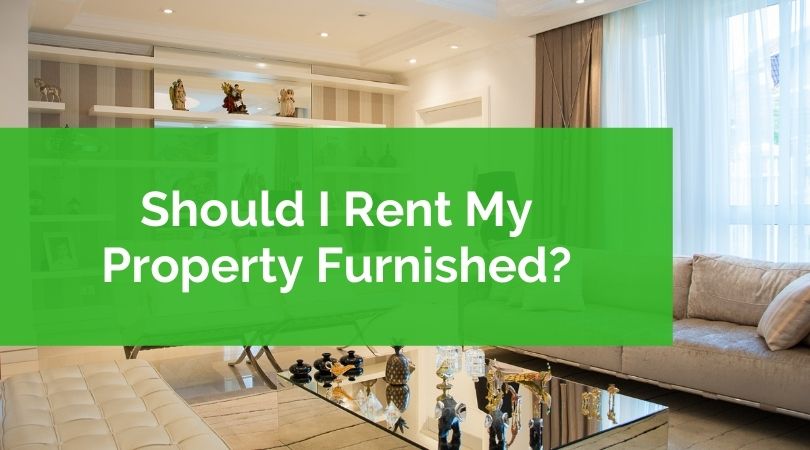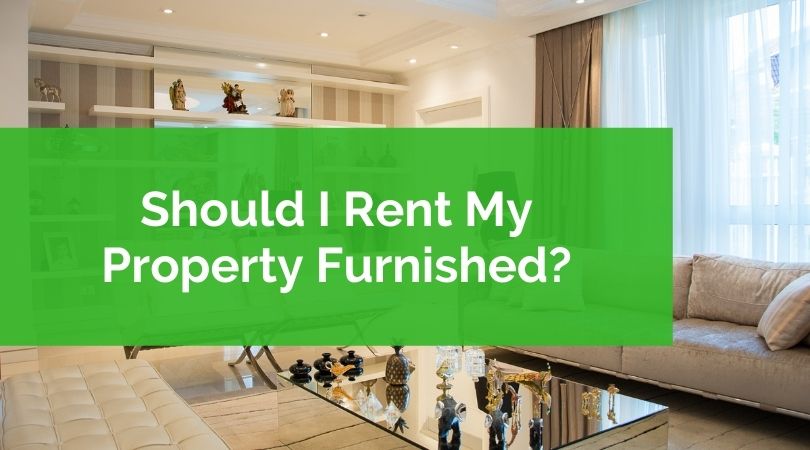
One of the most essential questions landlords must answer is whether they should furnish their investment property. While not providing furnishing could help to save money, landlords can also ask for higher rent for furnished rentals from tenants. As a property owner, it remains your prerogative.
To make the decision easier you'll need to assess your market where you rent.
A furnished rental property is attractive for tenants like students and young professionals who have just gotten their first jobs. Unfurnished units are generally more preferable for large-sized families who are in their mid years and have accumulated their own furnishing.
Is your rental home designed for a short-term stay? If it is, tenants can expect furnishing in a holiday home. As vacationers, they’re not likely to carry their own microwave ovens.
Conversely, if you’re targeting long-term tenants then minimal furnishing is understandable. The longer they’re staying in your rental property, the more they’ll collect their own personal furniture.
Here are the benefits and drawbacks of furnishing a rental property and unfurnished homes:
Furnished units
Pros:
You Can Ask for Higher Rent
Charging higher rent fees makes sense for a furnished property. Since a landlord will also need to take care of the maintenance of the furnishing, this maintenance needs to be compensated for through rent.
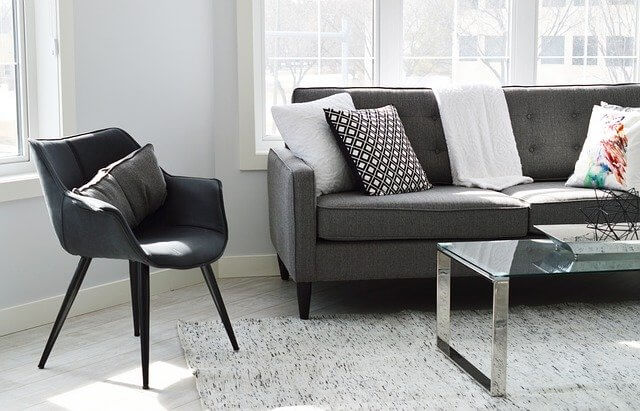
Landlords will also need to purchase necessary appliances, which is a further expense in furnished properties leading to higher rent. If replacement or repair of broken items is needed, the landlord will be responsible for shouldering the costs. This is why higher rent is perfectly reasonable for furnished rentals.
Reduced Property Vacancy
In general, a furnished property gets rented out more quickly. This is because tenants like the convenience of being able to move in right away into a warm and inviting space that is furnished.
Some tenants don’t have the disposable income to purchase easy to clean furniture and durable furniture, such as students and young professionals who just started their first jobs. You may also reduce your vacancy rate by allowing tenants to paint the rental.
Fully settled living space
When a unit is fully furnished, everything is in place for the tenants. This means that as a property owner, you won’t have to worry that new furniture being moved in will scrape the floor or ding the walls.

Landlords also won’t have to evaluate whether new appliances are safe, because they'll have been chosen in advance as part of furnishing.
Tenants who are staying for a short duration in the furnished rental won’t have to work out how to procure essential items. Everything will be complete and ready to use immediately in a fully furnished rental property.
Enjoy tax benefits
When you’re filing your tax forms, a furnished rental will provide certain deductions. A landlord can account for replacement costs as a deductible expense. This is a great incentive for landlords to purchase furnishing for their rental property.
Cons:
Frequent Turnover
The demographics who opt for furnished rental units are students, young professionals and tourists. This means that you’re generally catering to a group of short-term renters.
Students will go home once a semester ends. Young professionals will relocate when they find a better paying job. They’ll also look to buy their own house or another rental space when they’re more stable in their careers. Further, short-term vacationers may be expected to leave within a very limited duration.
As a landlord, you must have effective strategies to keep attracting tenants regularly to earn steady returns. Especially during a global pandemic, you'll want to make an effort to cut down on avoidable vacancies.
Spending for Replacement and Repair of Furnishings
A budget for maintaining furnishings must be available to landlords. Different renters have different ways of taking care of furniture and appliances. Some can even neglect to clean and report slight damages to the furnishing.
This can expose a landlord to the risk of frequent damages to furnishings. This is especially true for vacation homes where tenant turnover is continuous.
Make Space for Storage
Some tenants may decide to buy their own preferred appliances and may ask you to keep your own. This means you have to provide sufficient storage solutions. If you are a property owner who own several rental units, you may even pay for extra rental storage.
Maintenance Costs
Wear and tear on furnishings is expected, so you’ll be allotting a part of your earnings to maintenance expenses by furnishing a rental property.
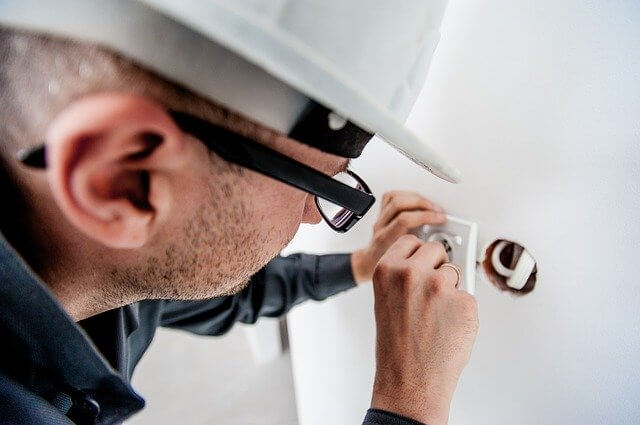
In addition, you’ll also need to purchase insurance to protect yourself from losses arising from theft and natural disasters.
Unfurnished Units
Pros:
No Need to Concern Yourself with Wear and Tear
If you’re not spending money on furnishings, you’re free from maintenance costs for repairing and replacing damaged items. You can choose to redirect your savings by improving on security equipment or investing in new property assets.
No Need to Purchase Additional Insurance
When you don’t own the furniture, you'll save on insurance costs. It will be the renter’s choice whether to insure their belongings or not. This is one less thing to think about for landlords.
Maintenance will be Limited to the Rental Unit Itself
Instead of spending time and money on furnishing, the landlord will only focus on the furnished rentals themselves. This will save time, without the need to conduct detailed inspections of the furnishings.
In this scenario, a landlord can also spend less time documenting the rental property before a tenant moves in.
Cons:
Lower Rental Rate
With unfurnished rentals, you won't be able to ask for as high of a rate. Your returns may be considerably lower compared to property owners of furnished units.
Less Sense of Familiarity and Home
When tenants purchase their own furniture, they're creating a personalized atmosphere.
In the case that you are converting your home into a rental property, it's worth considering how you can create a homey feeling for your tenants similar to your own experience of living on the furnished property.
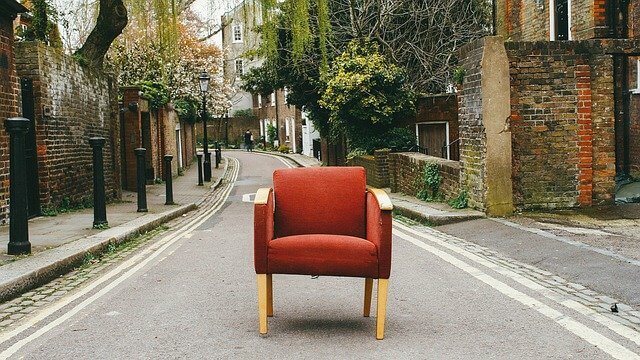
This atmosphere can inspire tenants to stay longer in your rental property. Moving can be costly, and energy consuming. This is especially true when a tenant has plenty of appliances and furniture to relocate.
Limited Control in Renters’ Furnishing Decisions
When tenants buy their own furniture and appliances, a landlord can’t dictate much. A tenant may buy bulky furniture and second-hand appliances that may be less energy-efficient. The landlord won’t be able to decide on these things.
The Bottom Line
When considering furnishing your rental property or not, you need to stay objective. Assess your target market first. What type of tenants do you want to attract? Established families? Young professionals? Students? Retirees? Tourists?
Each of these types of people will have their own priorities. If your rental property is designed for short-term stays, then furnishing it is required. If you’re trying to attract long-term renters, you can decide to leave the rental property unfurnished.
Failure to compare all the pros and cons of furnishing a rental property is a common property management mistake that's easily avoidable. Whether to furnish your rental property is a big decision, and making the right choice requires that you have all the necessary information.





